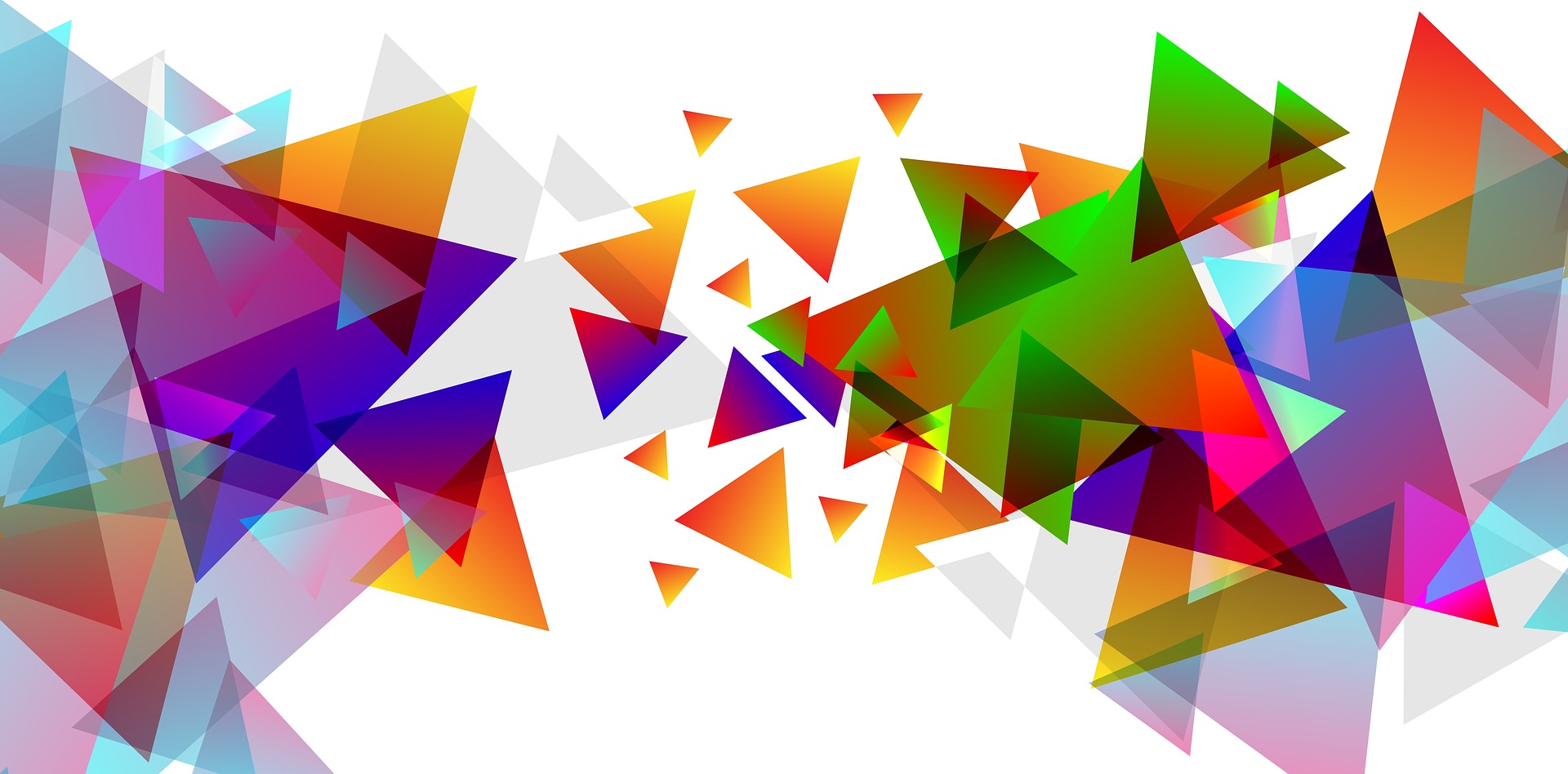
I teach on two different assessment-related courses – Assessment, Standard Setting and Examination on the MSc Clinical Education, and Assessment, Learning and Digital Education on the MSc Digital Education. Both programmes are part-time, online distance learning and are aimed at improving the knowledge of professionals who teach and assess others. Students on these programmes use a huge range of tools and resources in their learning, as well as interacting with peers, tutors and the wider community. It seems likely that many of these interactions are not only helpful to students in their studies, but also in the enhancement of their professional practices (e.g. by establishing networks they can draw on, increasing their awareness of useful resources and how to find them, developing technical skills, etc.). This is not particular to the programmes I work on, but applies widely across the University and relates to the much discussed topic of graduate attributes.
An expanding focus of educational research on how knowledge and performance are produced through interactions between people, tools, environments and systems has drawn attention to concepts such as distributed cognition* and sociomateriality**. While there are important differences between these ideas, they share a rejection of learning and knowledge as stable things that reside within the heads of individuals. Instead, students’ learning is seen in terms of activity that emerges from the relationships and interactions between people and non-human elements (e.g. computers, phones, textbooks).
This can seem a bit complicated, but the important thing is that rather than thinking of a given student’s “true” ability, performance is always a product of the combination of student and environment. This means that what a student can do, either when studying, being tested, or working in a professional setting, is dependent on their capacity to react to the present situation and make use of what is available, rather than on their previous acquisition of information or development of skills in an abstract, unapplied sense.
One possibility, then, is that the development of this adaptive capacity might be impeded by assessment methods that isolate students from the people and many of the resources they have interacted with in the process of learning. Since many graduates will need to make effective use of people, tools and resources in the workplace, assessments in which students are not only allowed but encouraged to practise doing this may help them to prepare for future employment. This is particularly important in light of the increasing need to adapt to technological change.
Along with Clara O’Shea, I will be discussing these issues in a presentation at the University Learning and Teaching conference, and we are developing a related research project in collaboration with colleagues on the MSc Clinical Education and Professor Emeritus Dai Hounsell. We would be extremely interested to hear from students and staff about related ideas and experiences via comments on this blog post, via email, or in person at the conference.
Next steps:
For an accessible explanation of DC I’d recommend the following video on Distributed Cognition and while I am yet to find a simple explanation of sociomateriality, Tara Fenwick’s work is a good place to start:
Fenwick, T., Nerland, M., & Jensen, K. (2012). Sociomaterial approaches to conceptualising professional learning and practice. Journal of Education and Work, 25(1), 1–13.



